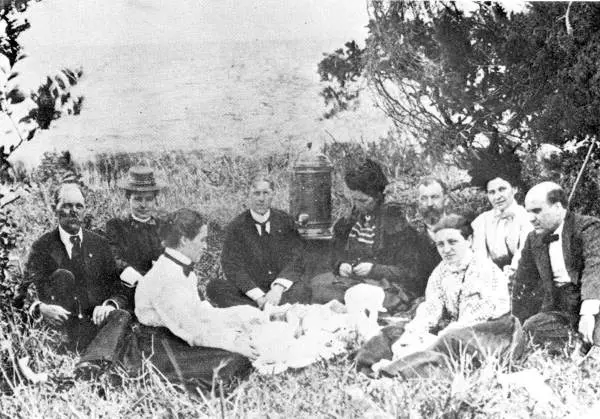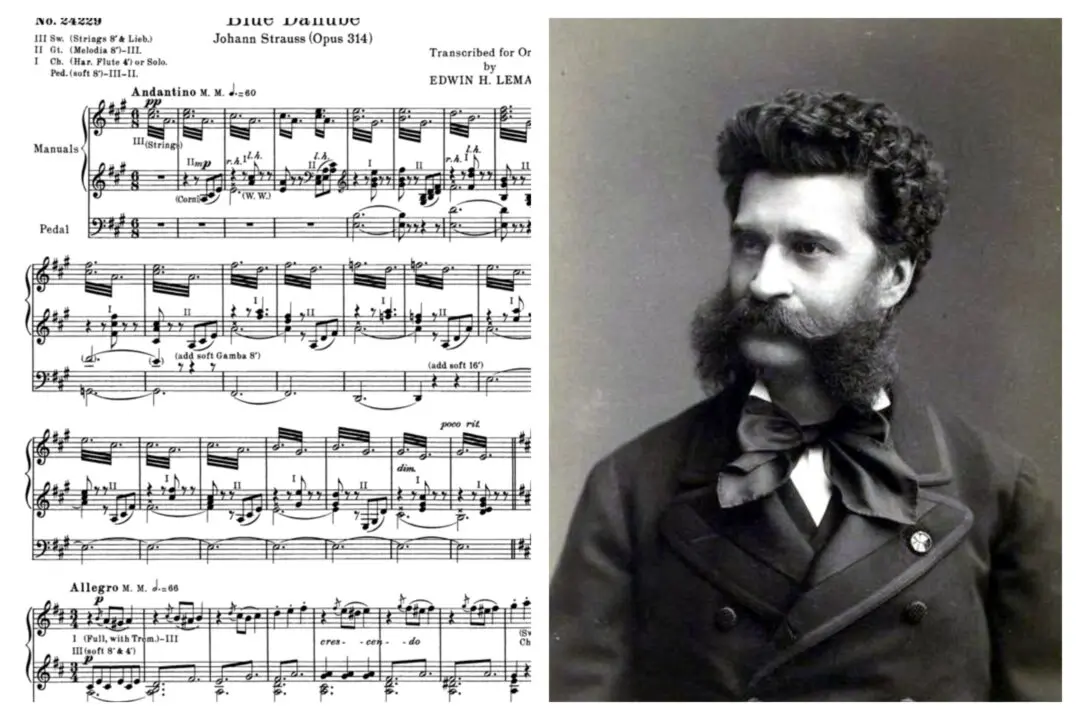Explorer Josiah Gregg does not have the same level of name recognition as Daniel Boone, Zebulon Pike, or Hugh Glass. He fought no bears and killed no indigenous warriors. But in an age of great pioneers on the American frontier, he was among the most interesting. Gregg accomplished more in his relatively brief life than most people who live twice as long. His classic book, “Commerce of the Prairies,” was the first account to describe life along the Santa Fe Trail.
From Invalid to Adventurer
Gregg was an unlikely person to become an explorer. According to biographer Paul Horgan, Gregg was a “delicate” child who was “never asked to do the labor of the farm and family.” He excelled in school, though, and from a young age was fascinated by the frontier and the freedom it represented.His poor health, ironically, became a stimulus to travel. Gregg began “Commerce of the Prairies” by describing how, at age 25, he suffered from “a morbid condition of my system” that began with “dyspepsia and its kindred infirmities”—what we would today call indigestion. When people suffer from debilitating ailments today, the doctors usually recommend bedrest and medication.





